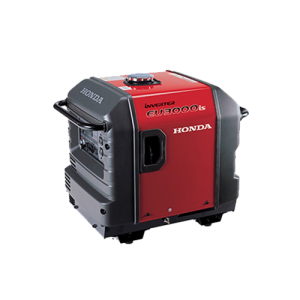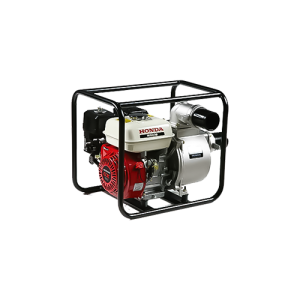- Home
- About Us
-
Our Products
Our Products
- Concrete Mixers Machine Concrete Mixers Machine
- Lift Equipment Lift Equipment
- Centering and shuttering Centering and shuttering
- Block Making Machines Block Making Machines
- Compactors Compactors
- Flooring Equipment Flooring Equipment
- Bar Processing Bar Processing
- Trolleys Trolleys
- Sand Sievers Sand Sievers
- Testing Testing
- Agriculture Agriculture
- Motors Motors
- Others Others
- Why us?
- Product Videos
- News & Events
- Dealers
- Contact Us
ISO 9001:2015 Certified Company
-
Sales: 98422 17354, 95009 17354
Spares : 98422 27354, 98422 17354
Service: 89400 28354, 96554 28354 -
ES Industries, #674/3A, L&T By Pass Road, Venkitapuram Pirivu,
Neelambur, Coimbatore – 641 062, Tamil Nadu, India.





